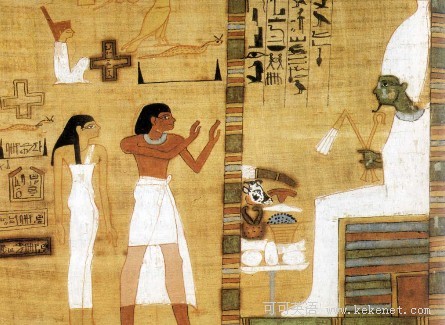
What we are seeing is the village near Luxor, which is characterized by the typical houses built with mud and straw.
Some of these houses have been painted with colorful drawings, which are very curious. Aeroplanes, departures, ships and scenes from journeys. These painted walls tell us about the Islamic custom of going on a pilgrimage to Mecca. A duty which should be carried out at least once in a lifetime, an event that is to be passed down to descendants with a vivid fresco.
The population on the Nile has grown at a dizzying rate, giving rise to a great metropolis of the size of Cairo the second most populous city in the world.
To see the swarming crowds in the capital it would seem that the lesson of Ramese II, whose colossal stature is located near Cairo's Central Station, is still alive in Egypt. Ramses II had more than a hundred children and in Egypt today a baby is born every 20 seconds. The population is very young and half of its 54 million inhabitants are under 20 years old.
These solemn states are almost participants in modern life. You can almost find your ideas about the Nile reflected in their eyes.
現在我們見到的是位于盧克索附近的村莊。其標志性房屋是用泥和稻草砌成的。
一些屋外畫著彩色的畫,有些畫很罕見。飛機,離別,輪船以及旅途中的景象。壁畫講述著伊斯蘭教徒去麥迦朝圣的習俗。那是教徒一生中至少要履行一次的責任,鮮活的壁畫的也將代代相傳。
現在,尼羅河沿岸人口激增,首都開羅已經是世界人口最多的第2大城市。
看著熙來攘往的人群,仿佛又看到了萊比西斯二世的故事重現。他的塑像早已矗立在開羅中央車站。萊比西斯二世有一百多個孩子,而今天的埃及每20秒就有一個新生命誕生。當地人口年輕化,5千4百萬人口中,有一半不滿20歲。
而肅穆的法老像似乎也在參與著后人的生活。也許,你能從他的眼中讀到關于尼羅河的種種證實。













